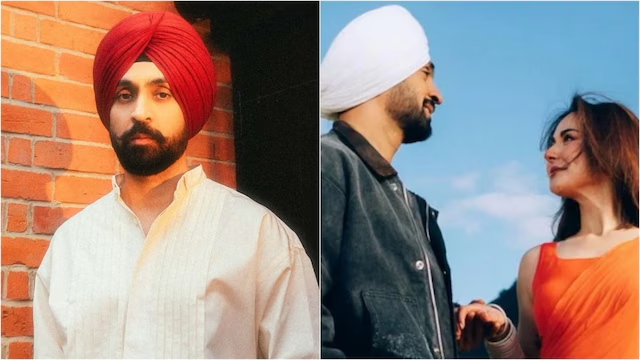BJP Punjab President Sunil Jakhar’s emotional pitch at Sukhdev Singh Dhindsa’s bhog ceremony may have sounded like a respectful tribute. But in the cryptic world of Punjab politics, especially in the BJP-Akali context, his words carried deeper weight. Jakhar didn’t just offer condolences—he offered a blueprint.
“A strong Panthic party is not just a necessity for the Panth, the community, and Punjab—it is also essential for the strength and stability of the entire nation,” he said, adding that the Shiromani Akali Dal (SAD) is “an epitome of Punjab’s identity and heritage” that must be preserved.
From Isolation to Invocation
Ever since the BJP-Akali split in 2020, the saffron party’s apparent strategy has been to reduce SAD to a shell—splintering it, encouraging breakaway factions, and positioning it as irrelevant in Punjab’s shifting political landscape. In many ways, that strategy paid off. The 2024 Lok Sabha elections were disastrous for SAD: it slumped to fourth place, ten candidates forfeited deposits, and the party looked more like a relic than a contender.
Worse, while the leadership floundered, the vacuum was quickly occupied by radical voices like Amritpal Singh. SAD lost its grip on the narrative—and on the voter.
But here’s the catch: while the leadership’s credibility may be dented, the Akali grassroots cadre is still alive and kicking. In rural Punjab, especially in the Malwa heartland, SAD’s traditional booth-level network and religious connect remain largely intact. What it lacks today is a narrative and a national backer.
BJP Eyes the Cadre, Not the Crown
This is where Jakhar’s sudden shift in tone begins to make sense. The BJP knows that despite its best efforts, it has struggled to penetrate the Sikh rural vote bank. Its aggressive anti-Akali posture weakened SAD but didn’t transfer those votes to the BJP. Instead, it created a vacuum now being filled by fringe and radical elements—a development that doesn’t help the BJP’s long-term ambitions in Punjab.
Jakhar’s comments can be seen as a pragmatic pitch: the BJP may not need SAD as an equal partner, but it could certainly use its organisational muscle. A weakened but willing Akali Dal, stripped of its old arrogance and eager for relevance, might just be the perfect junior partner—less demanding, more compliant, and still rooted in Panthic soil.
A Calculated Comeback?
This isn’t about ideological reconciliation. It’s about political utility. SAD may no longer be a party of ideas, but it’s still a party with boots on the ground. BJP’s plan to rise solo in Punjab has hit a ceiling. Tapping into the Akali cadre base gives it an on-ground infrastructure it sorely lacks—especially in rural constituencies where AAP and Congress are entrenched.
In Jakhar’s carefully worded speech, the message was subtle but strategic: the Akali Dal may be down, but it’s not out—and Delhi is open to rebuilding bridges.
Final Thoughts
Sunil Jakhar’s call wasn’t just about Panthic pride—it was about political repositioning. BJP may have once seen SAD as dispensable. But with the current realities on the ground, it may now view the party not as a rival—but as an asset, waiting to be repurposed.




